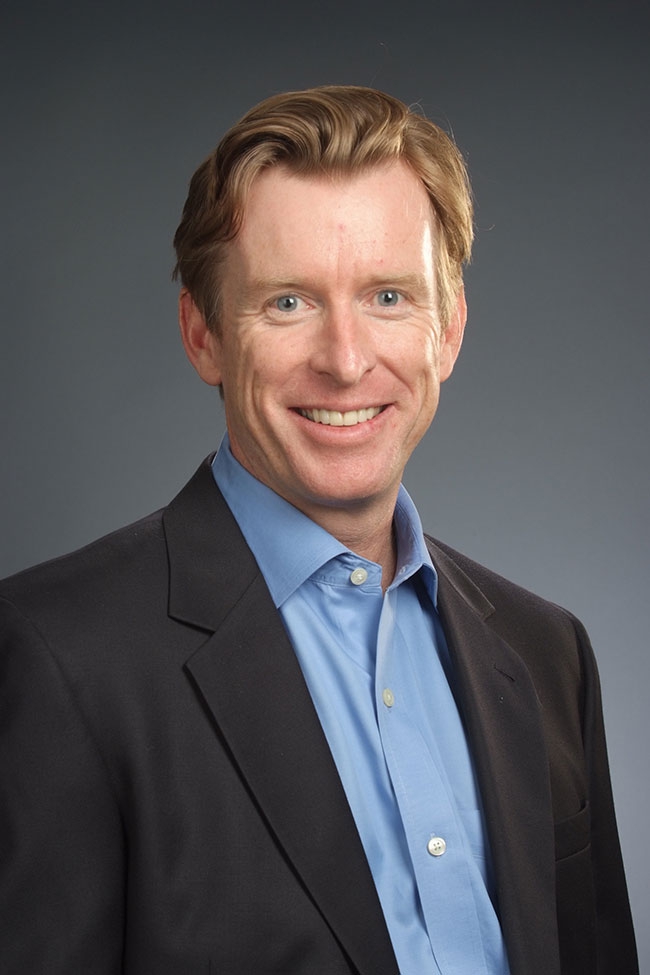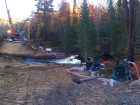
Narrowing the field – A feature interview with United Rentals senior VP of specialty operations
Patrick Flannery
Features ProfilesThe growth of United Rentals’ specialty rental network in North America has been a prominent industry topic for more than a decade.
 Paul McDonnell
Paul McDonnell Encompassing four primary lines of business – trench safety, power and HVAC, pump solutions and tool solutions – the segment now stands at 217 locations, including 28 in Canada.
Paul McDonnell, United Rentals senior vice-president – sales and specialty operations, shared with Canadian Rental Service why the company believes so strongly in specialty rentals as a core part of its strategy.
CRS: Let’s start with the fundamental strategy. Why did United Rentals get into the specialty rental business to begin with?
PM: Strategically, it makes a lot of sense. We view our specialty offerings as essential customer services and differentiators. They put us in a unique position to provide integrated solutions that fall outside the scope of typical rental operations. Many times, the solutions are knowledge-based rather than equipment-based. That’s number 1.
Second, the solutions require specialized fleet and expertise, which can make the return on capital very attractive. And third, we’ve heard time and again from our customers that they want a single-source provider, preferably with a single point of contact. We provide this through our large network of branches and our strategic and national account sales teams.
Demand for these services is growing. We keep investing in expansion and the marketplace keeps adding runway. We expect to open approximately 60 new branches across the U.S. and Canada over the next four years as we work toward our long-term goal of growing specialty to $2 billion of revenue.
CRS: Can you expand a little on the single point of contact? Is that valued most strongly by contractors or industrial customers or both?
PM: It’s not really segmented that way. Broadly speaking, it’s based more on size: larger customers that work across multiple territories, regions, industries or project types like a single point of contact.
However, we’re careful not to make blanket assumptions about what’s important to any given customer. Our specialty operations have an extensive reach in terms of customer size and the sectors we serve — industrial, commercial and government, plus sub-verticals like restoration, remediation, sports and entertainment. Each customer has a different perception of value and that perception can differ from project to project. So first, we listen.
CRS: Is it less about the price point and more about the expertise?
PM: Absolutely. Specialty rentals often involve engineered solutions; they’re project-driven and solutions-driven, as opposed to application-driven. For example, we can package a trench safety system with pumping solutions and industrial process cooling equipment as a turnkey solution for a specific jobsite. It’s a different approach than asset-based rentals, even for a company like ours where our general rental teams are very skilled at being consultative.
CRS: How do you leverage these specific skillsets in your growth plans?
PM: One of the strengths of our specialty segment is that each line of business is led by an industry veteran with more than 20 years of directly relatable experience. And each location is managed separately, even if it’s co-located. Our focus is on growing through organic and inorganic growth — attracting, acquiring and developing talent as we grow. We have a high success rate of staffing our cold-starts, and our acquisitions in specialty have all been great companies with seasoned operators and strong cultural synergies.
CRS: Is each specialty operation a distinct knowledge bank?
PM: Yes and no. We haven’t homogenized the operations in terms of institutionalized knowledge across all units. That’s a difficult proposition and wouldn’t necessarily serve our customers any better. Instead, our strategy is to co-locate branches and leverage the synergies, including real estate. For example, we might look for real estate to co-locate our specialty operations with general rentals if the market supports it.
CRS: Does your co-locating strategy apply to Canada?
PM: As much as possible, yes. The challenge with co-locating is finding the right facility. When we first expanded our specialty network into Canada, we were thinking about standalone locations. Nowadays, we think co-location first to leverage our network.
Edmonton is a good example of co-location. We have a 61,600 square foot facility on the outskirts of the city, in Sherwood Park. It houses operations for general rentals, power and HVAC, and tool solutions, plus our Western Canada region office, under one roof. We co-located all the operations at the same time in the spring of 2014. This model has proven successful.
CRS: What are your plans for Canada in terms of expanding the network?
PM: We currently have 28 branches in Canada — eight trench safety, seven power and HVAC, eight pump solutions and five tool solutions. This is a solid base to build on. We expect to open at least two new branches in Canada this year.
The diversification of our customer base is a significant strength of our model. Most of our specialty fleet has applications across verticals and provinces: we can take a large power generator from upstream oil where demand may be soft and move it to a sub-vertical such as sports and entertainment.
We’ll also keep introducing innovations in Canada. In trench safety, for example, we’re having a lot of success with our introduction of hydraulic bracing and sheet piling solutions, and slide rail shoring systems. These are engineered solutions that are transforming how contractors increase productivity during excavation work.
Our specialty footprint in Canada is somewhat modest at the moment, but our commitment to Canada is very real. We showed that in 2014 when we purchased Canadian Pump, and we recently expanded with a pump cold-start in Toronto. When I talk about the long runway we see ahead for our specialty segment, Canada is very much a part of that picture.
Print this page


Leave a Reply